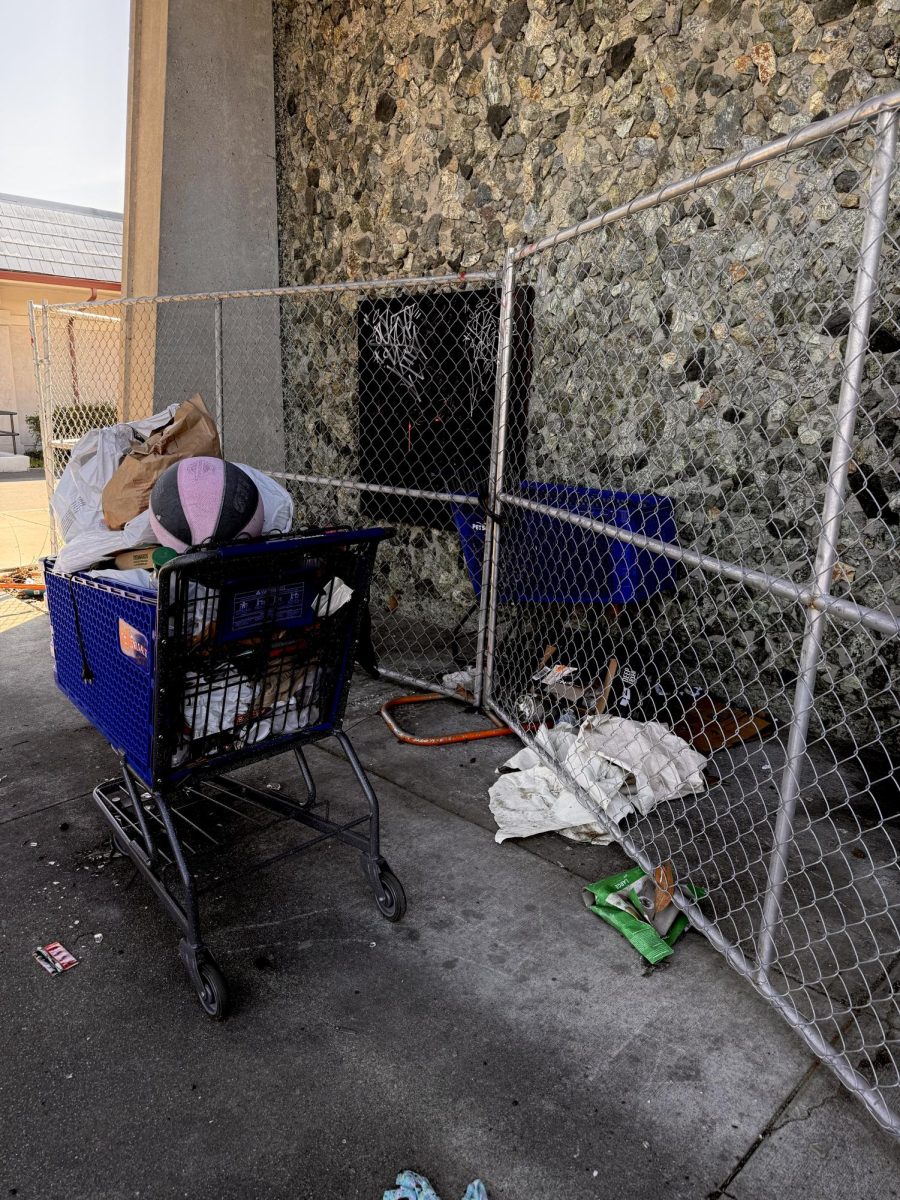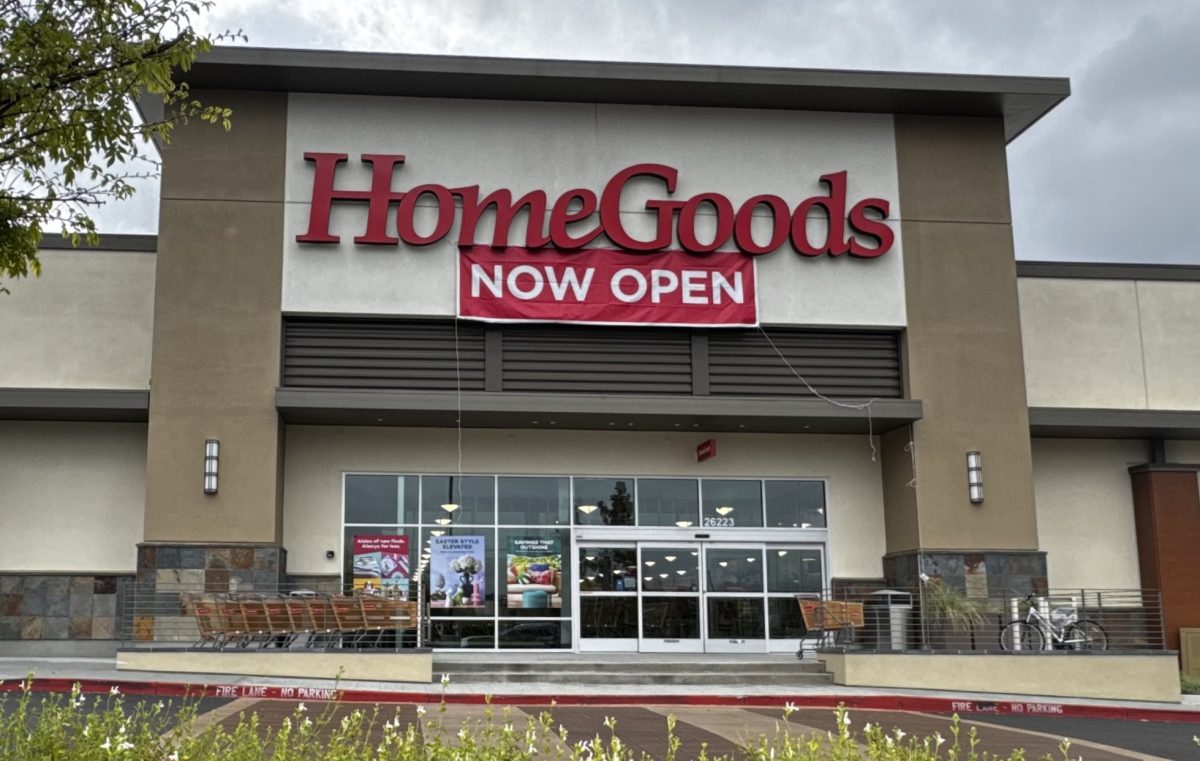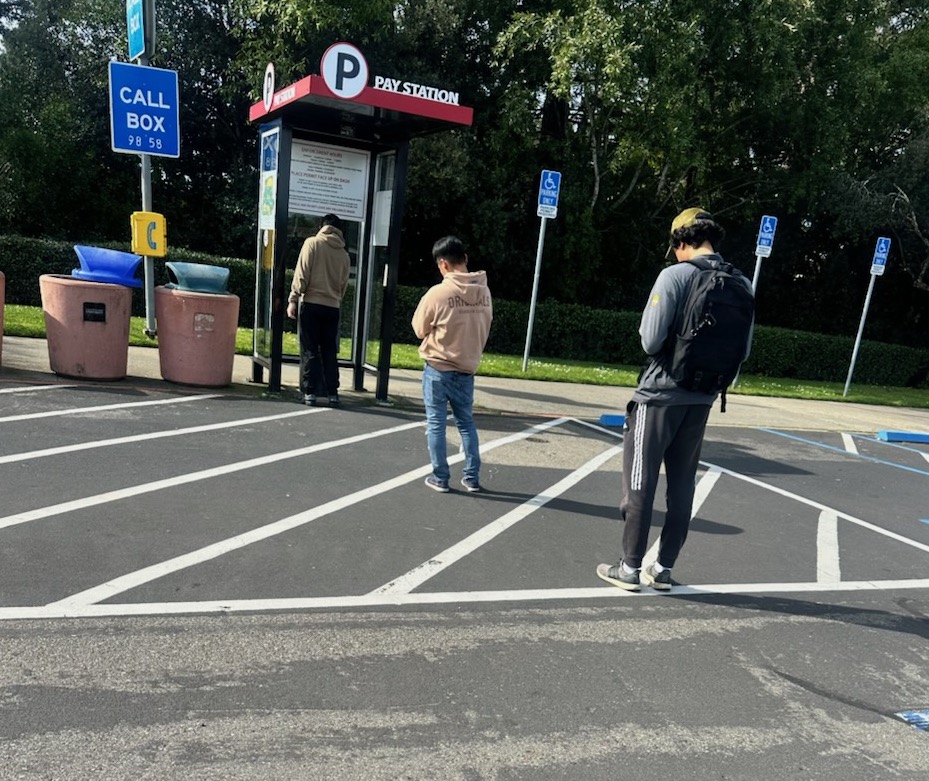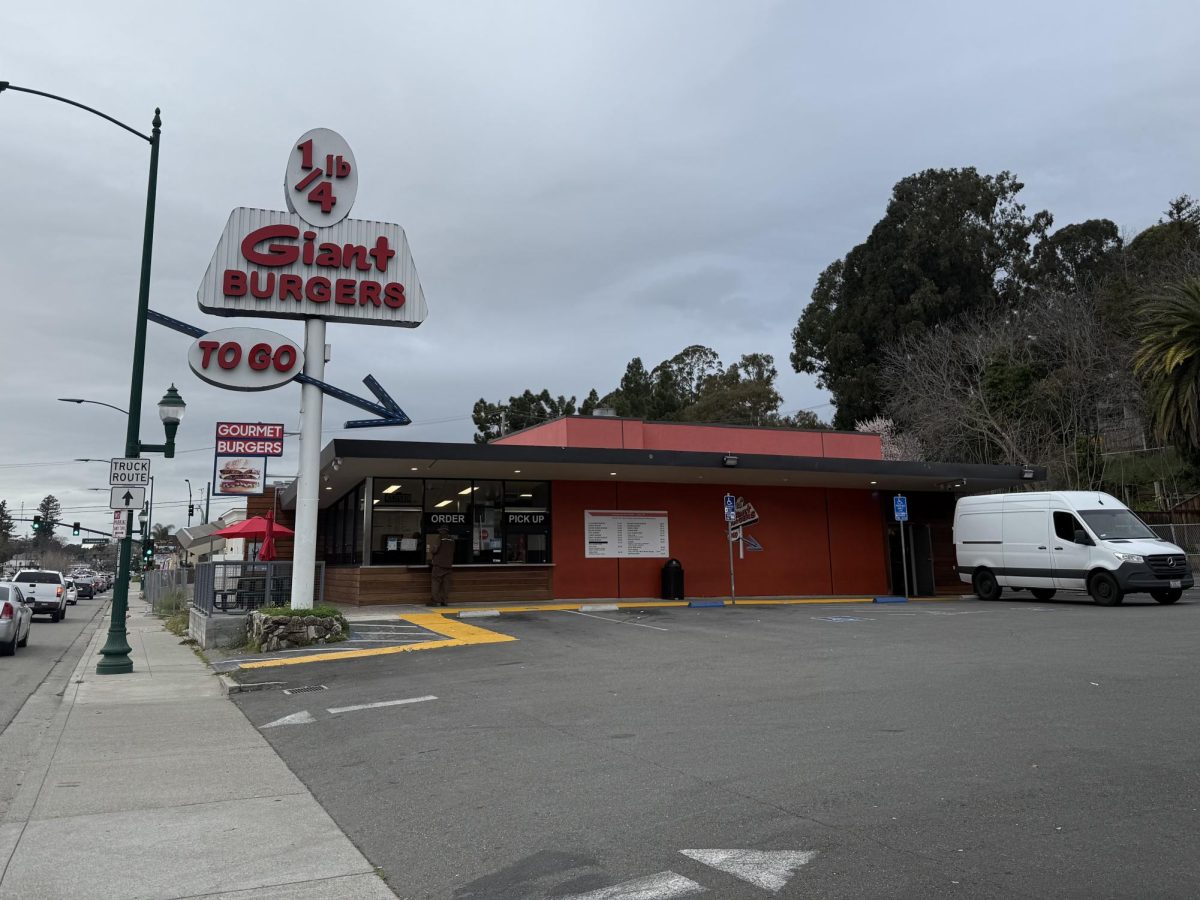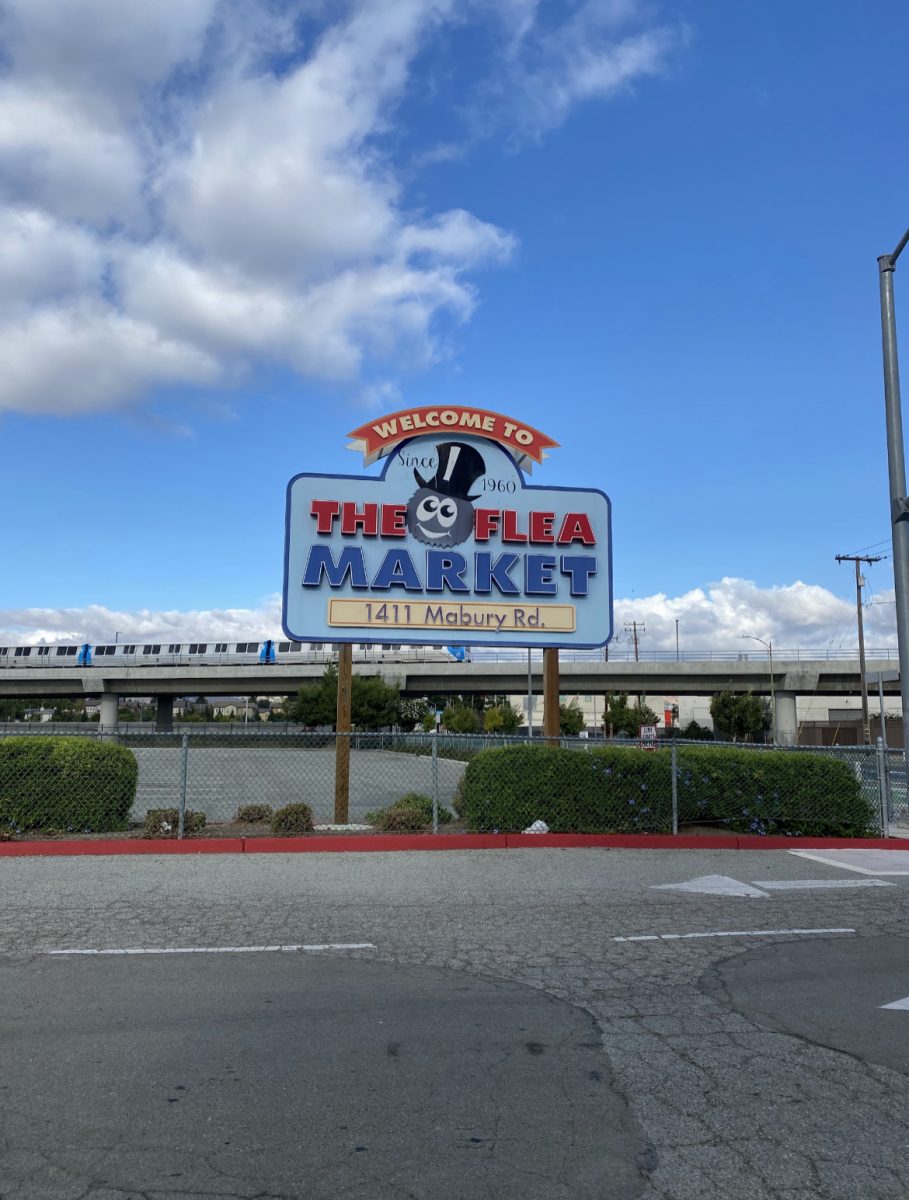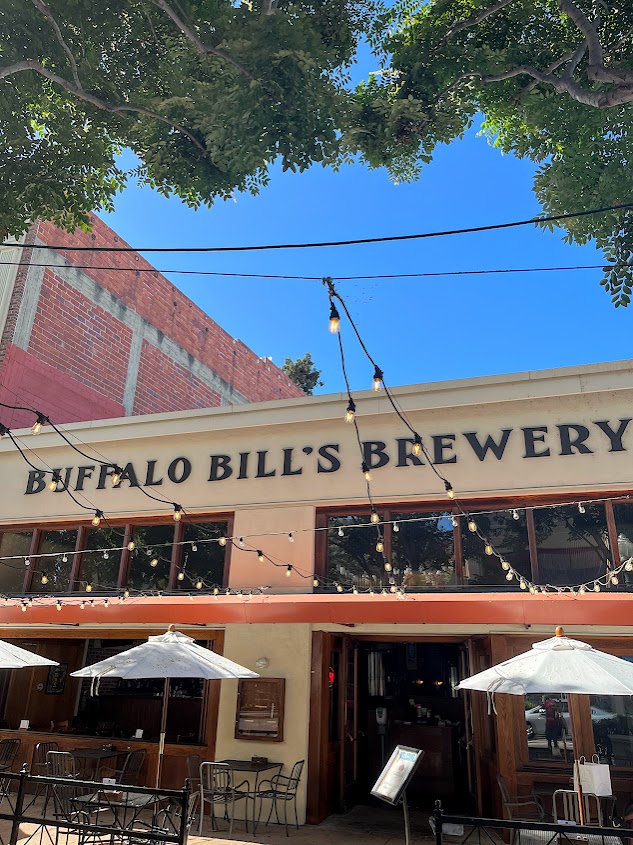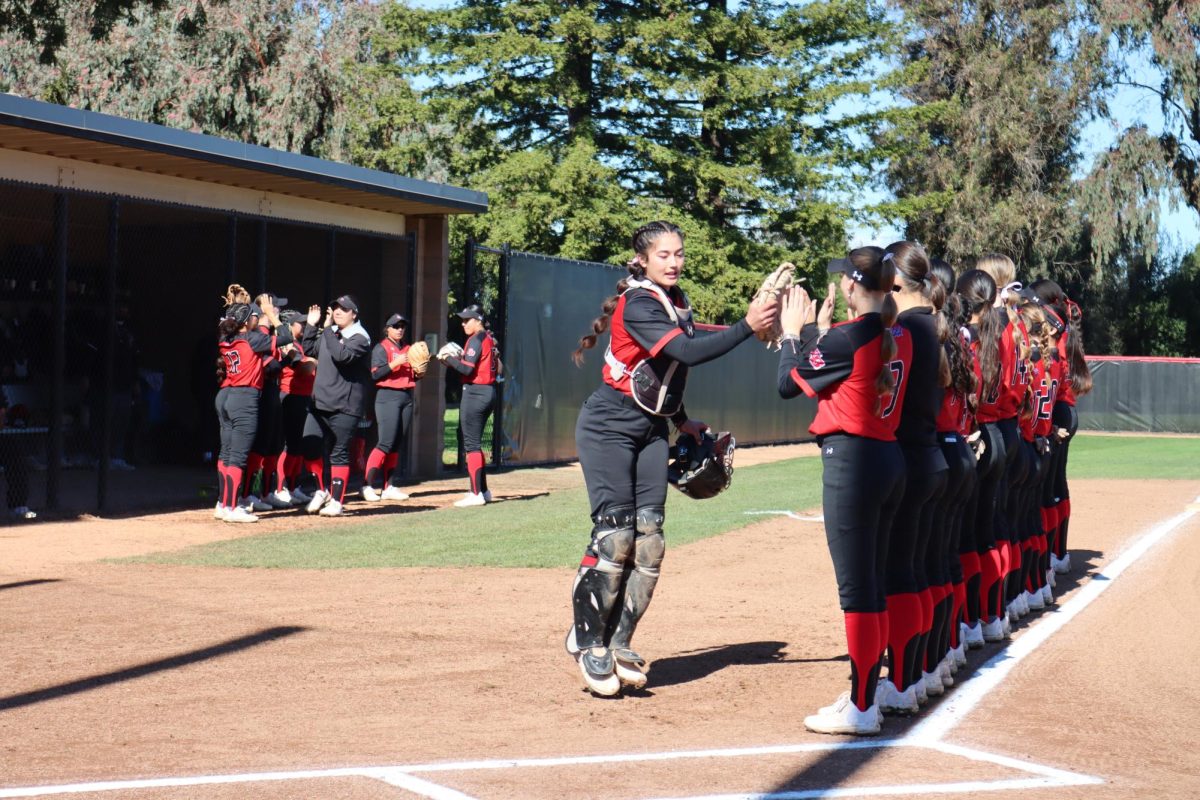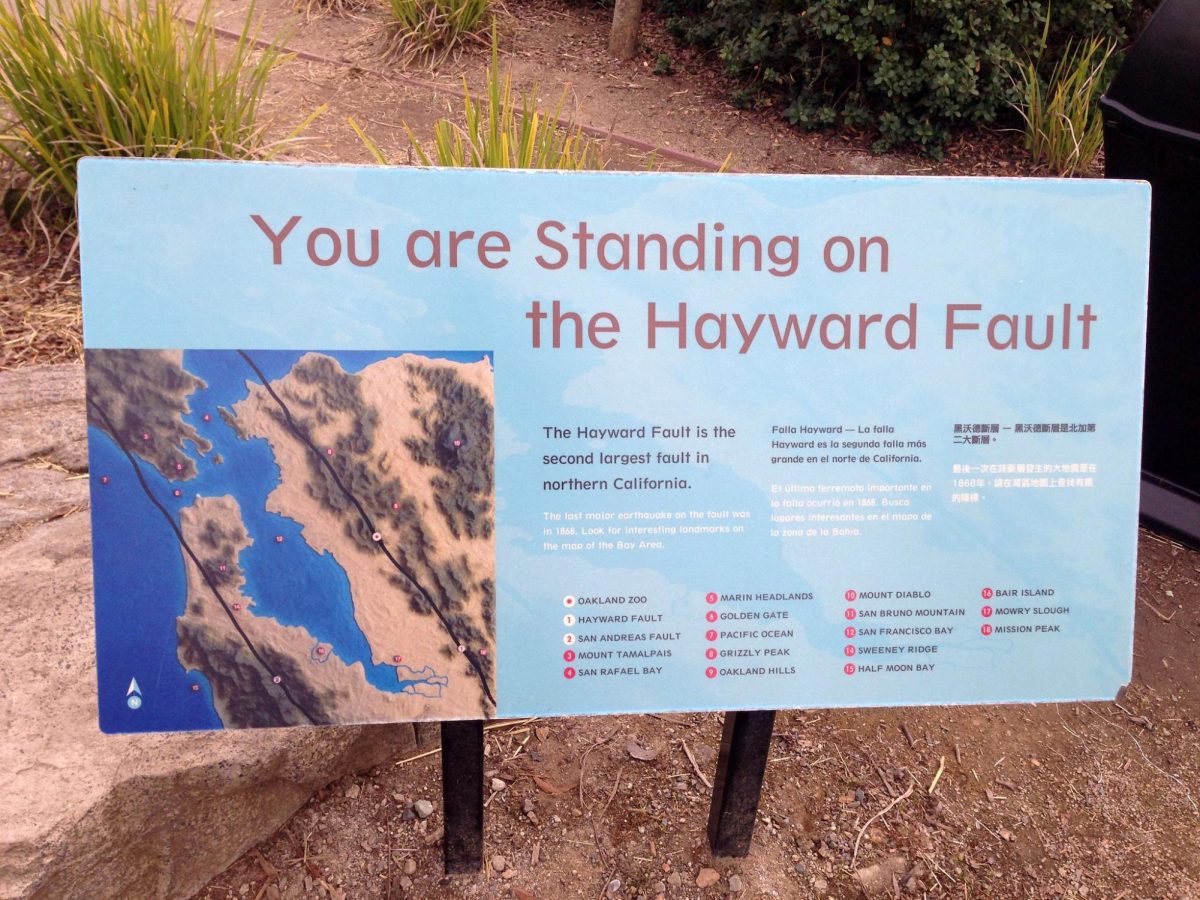If you live in the Bay Area, you probably know Bay Area Rapid Transportation (BART) is currently grappling with a well-known and persistent security issue. Despite the rise in year-to-year ridership, 45% of riders have said they have stopped taking BART because they don’t feel safe, according to a poll published by the California Globe in 2023.
Frequent reports highlight significant challenges within BART, including a noticeable presence of individuals experiencing homelessness and mental health challenges at various stations—evident from people sleeping on trains—and numerous recent high-profile incidents.
BART has taken notice of this perception. The most obvious step they’ve taken is increasing officer presence system wide by 90% each quarter. BART has also committed to maintaining thousands of cameras to track crimes in progress and potential suspects. Additionally, they also committed to a plan for running shorter trains, allowing BART police to minimize response times to onboard emergencies.
A recent Monthly Chief Report on BART’s website shows that in December of 2024, overall incidents of violence and property crime systemwide were down 11% and 18%, respectively, during that same period.
Yet, the general public overall doesn’t feel safe riding BART. “BART Police are usually never around when something happens”, says Yael Neustadt, a frequent BART rider. Despite having increased police presence and shorter trains, the perception of the system being unsafe remains.
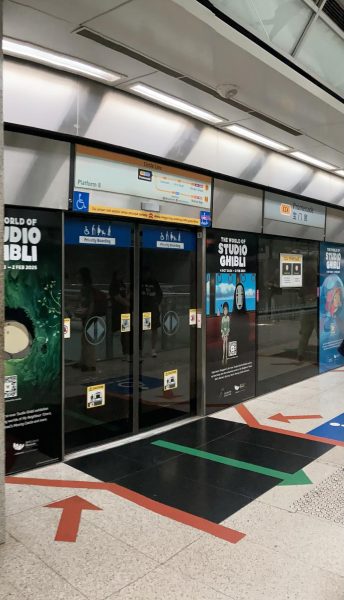
BART still has its fair share of preventable incidents around the system, including instances of people walking on the tracks, or somebody getting hit by a train because they’re standing too close to the edge of the platform.
To address such situations, BART can look to successful safety measures implemented by metro systems in other cities around the world which emphasize platform safety enhancements.
In Bangkok, Kuala Lumpur, and Singapore, metro platforms feature screen doors to prevent track access, unlike most U.S. subways, which only implement them on airport trolleys like those at SFO and Oakland.
According to a recent interview with Jim Allison, BART’s Manager of Media Relations, the agency has already looked into platform screen doors. However, their current technology for train control doesn’t match with evolving screen door tech.
BART is currently working to replace their outdated control system. Allison’s hope is that the new Communications Based Train Control System will provide an opportunity to incorporate this technology.
However, “there is currently no funding to study, design and install platform screen doors at BART stations,” Allison adds.
Since BART’s budget derives almost entirely from fares, fare jumping reduces the system’s revenue, which in turn cuts the budget needed for safety measures. BART started installing new fare gates with the ultimate goal of preventing fare evasion and increasing the budget. Allison states that “crime in the system is down 17%… While the new gates provide a much more vigorous deterrent, the reality is that no fare gate system is 100% fool proof.”
BART continues their search for ways to improve these technologies, but Allison goes on to say there’s no current plan to share with the public at this time.
Is BART doing more to protect its riders? BART would say yes, but some of their measures aren’t apparent enough to convince the average rider that safety is actually improving in the system. BART is aware that it will take time to change the public’s perception, but they remain confident that the current measures are a safe step in the right direction.



